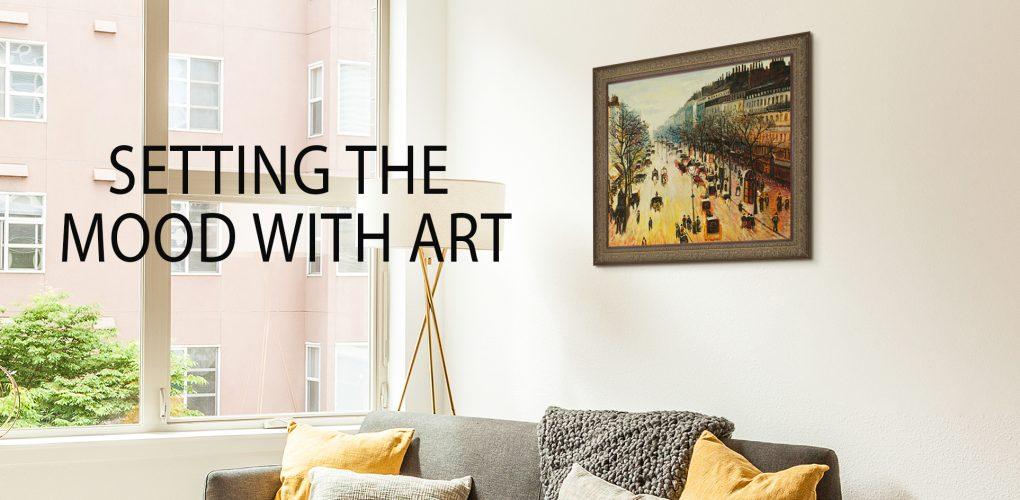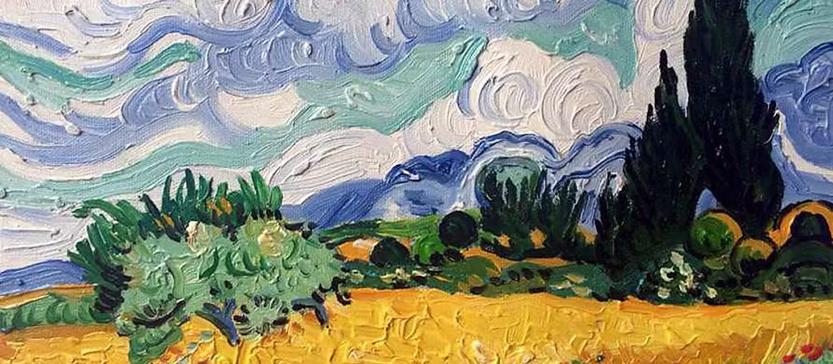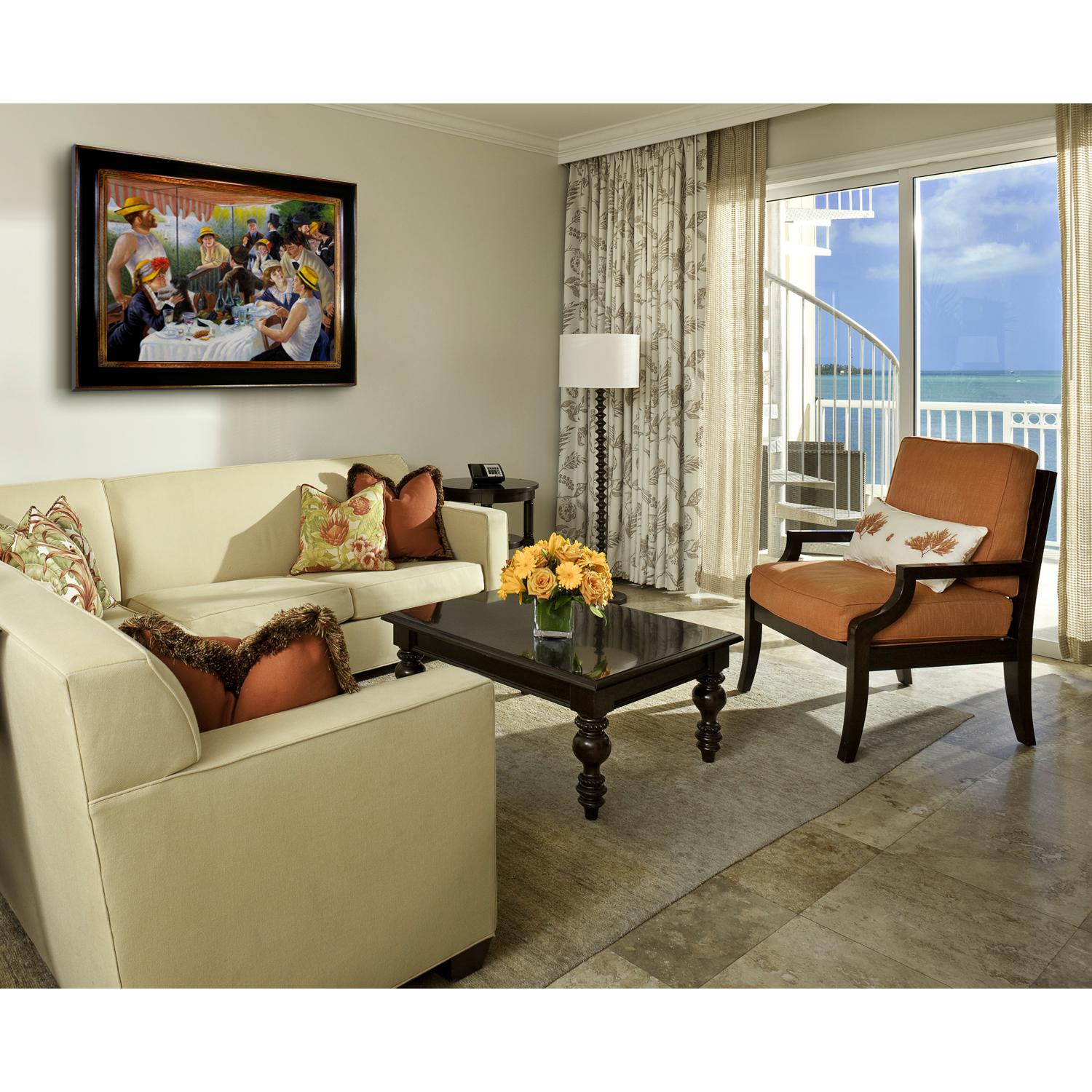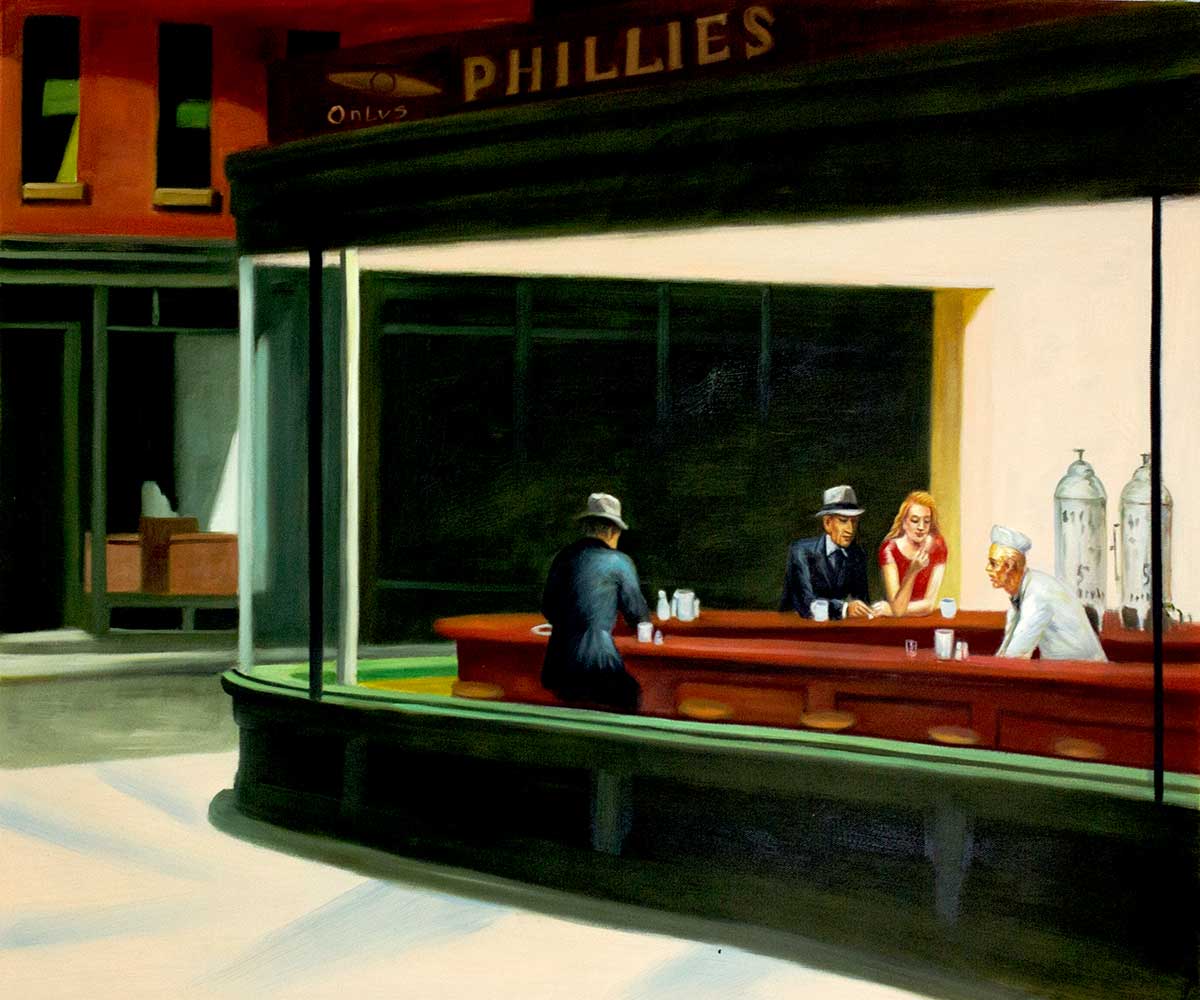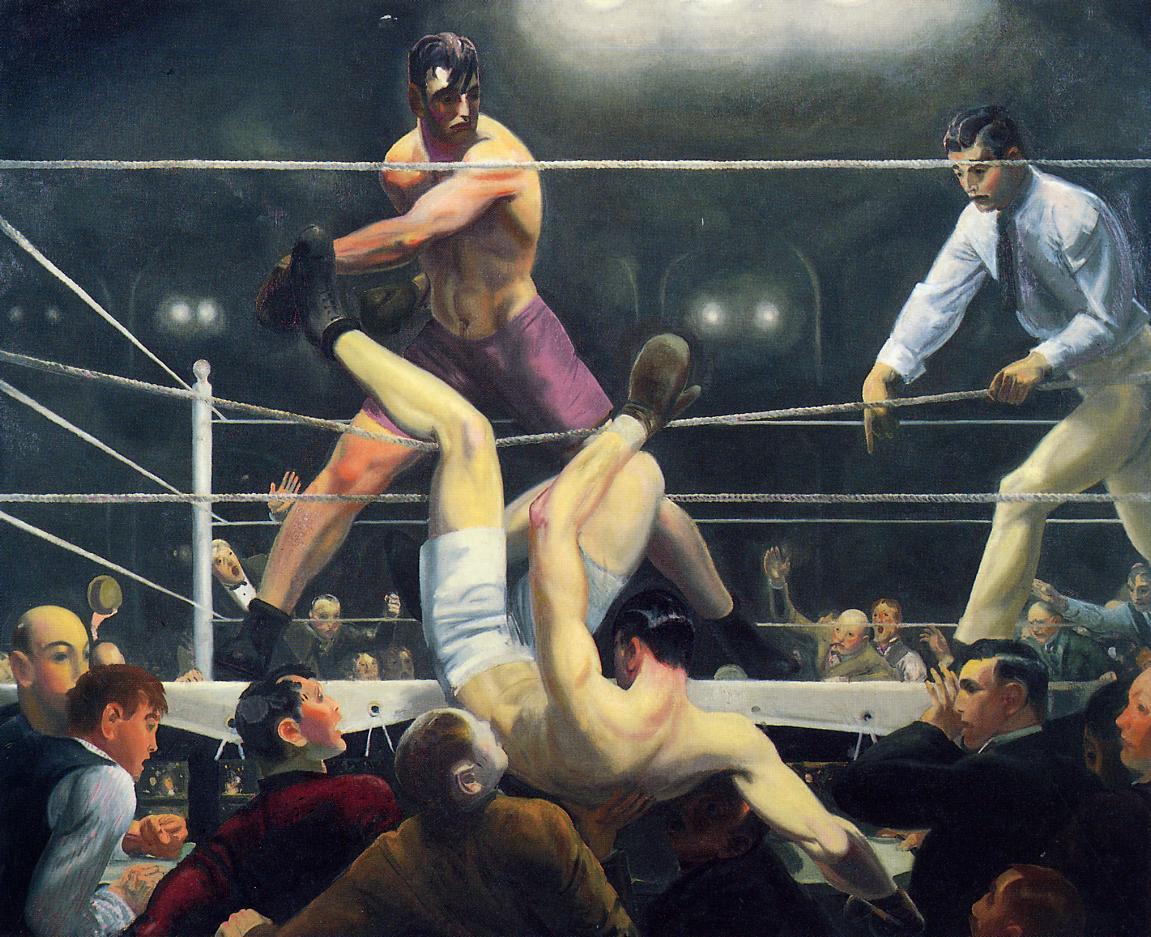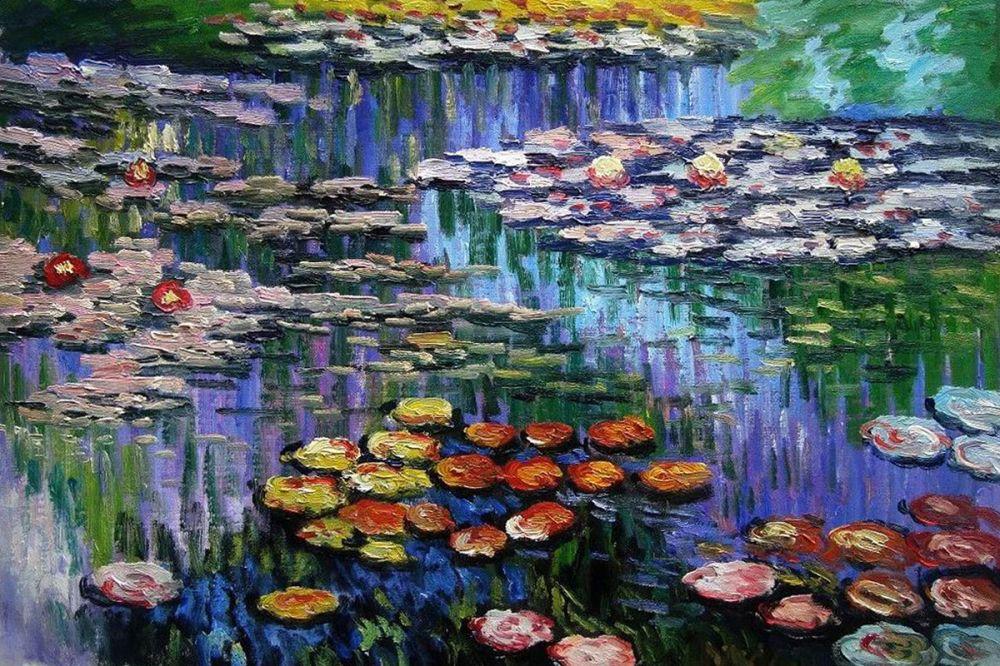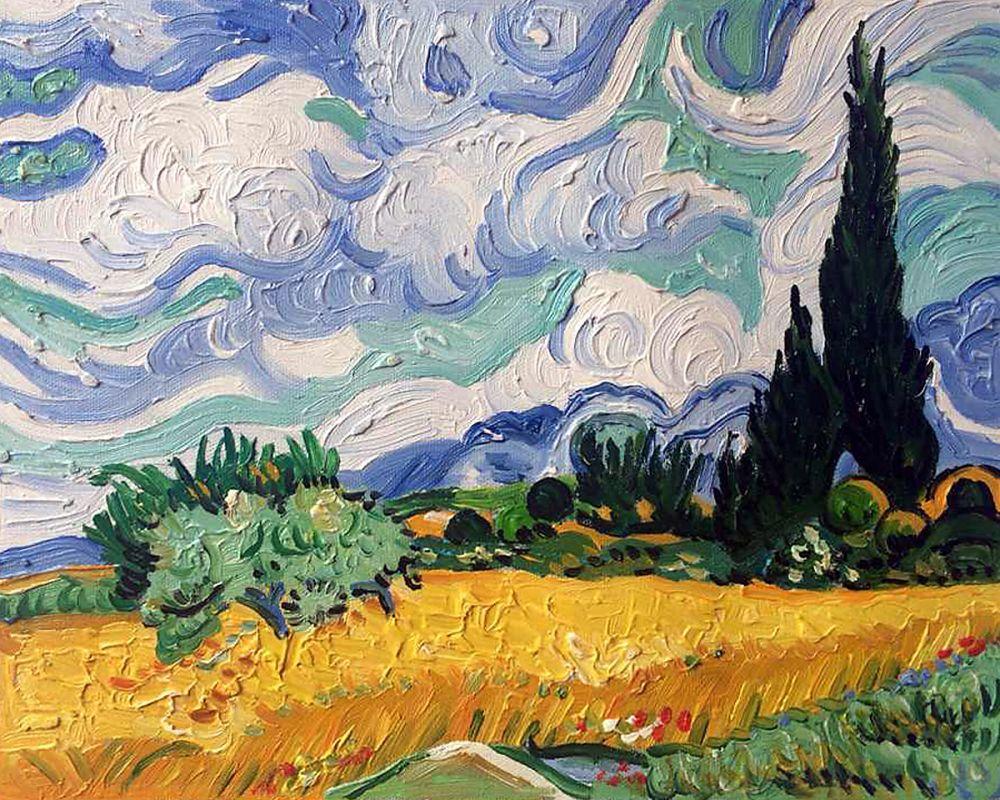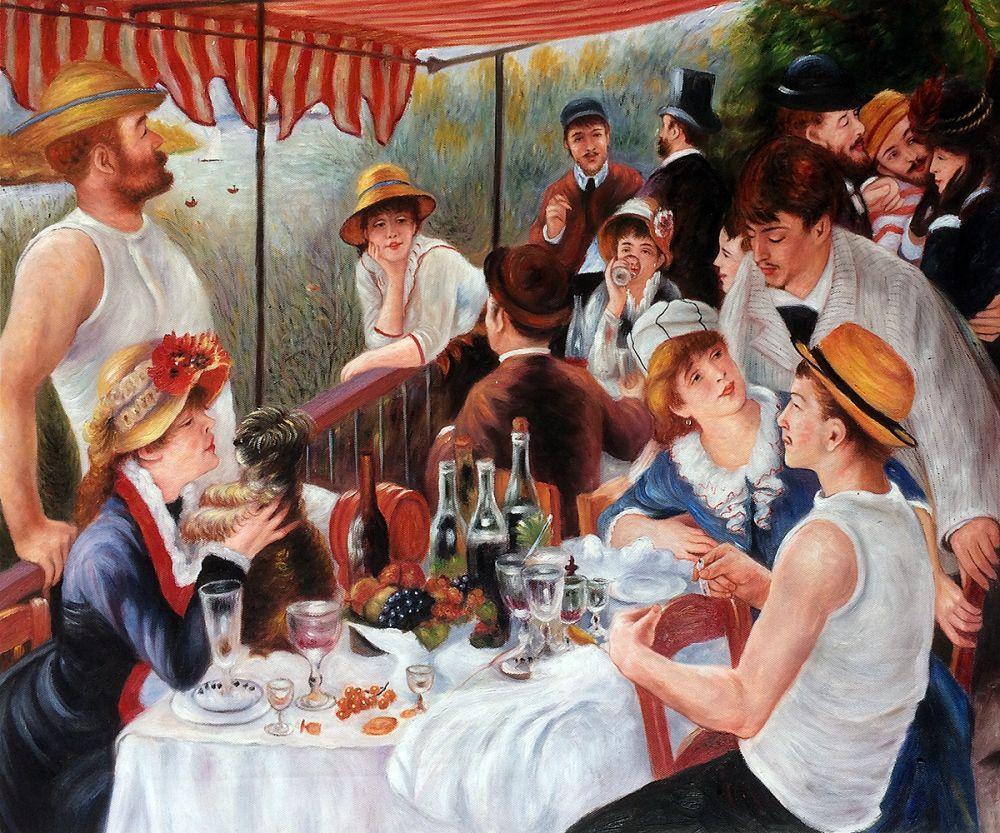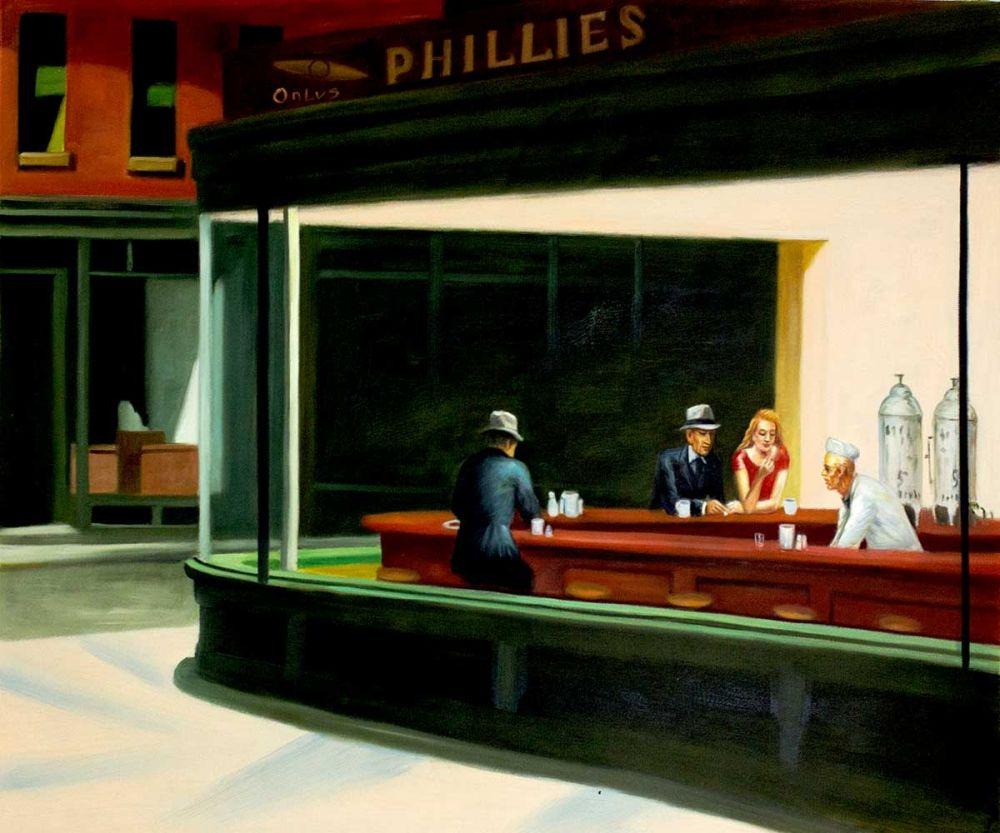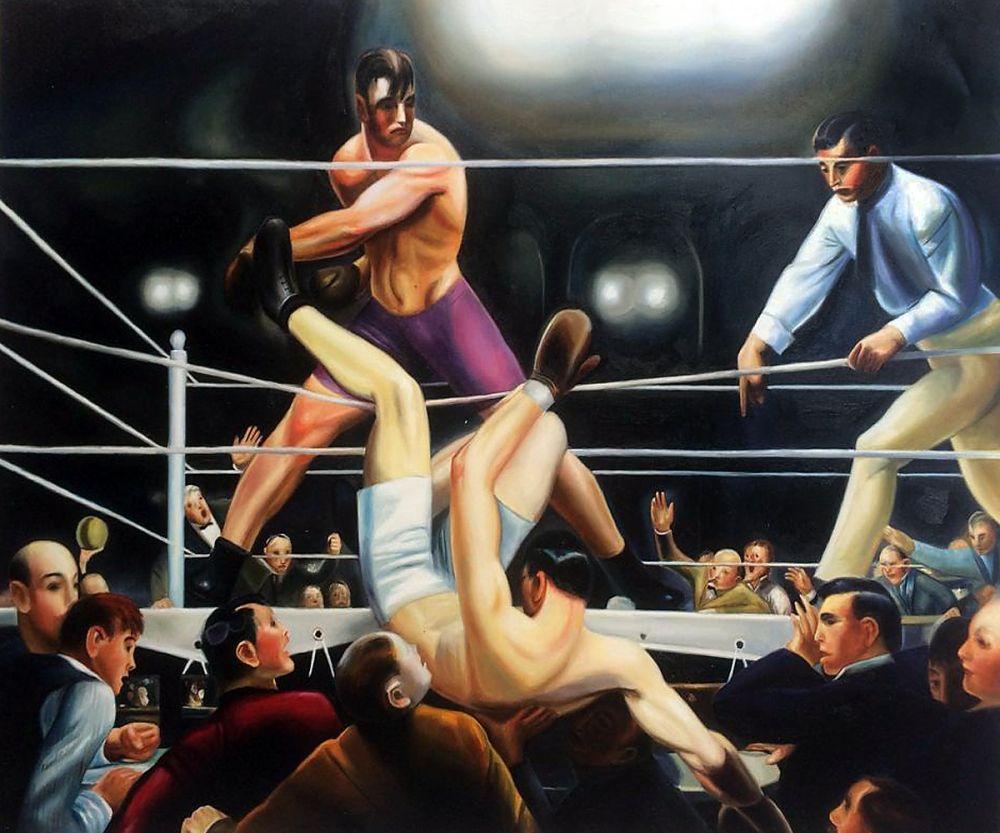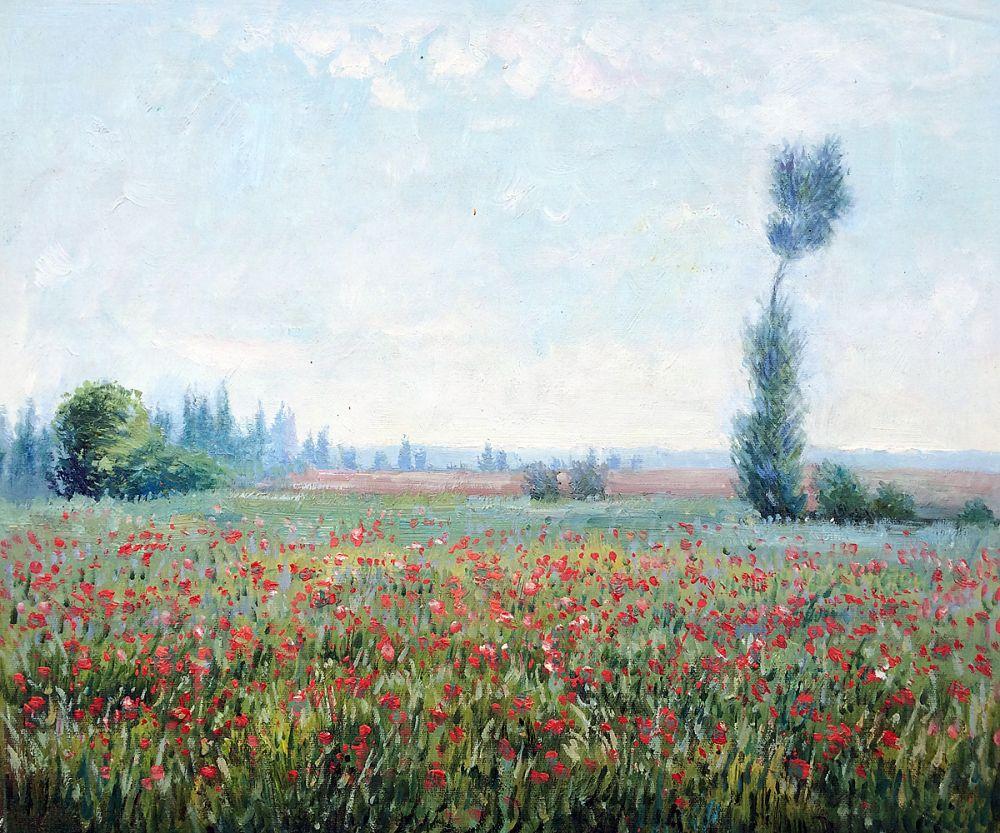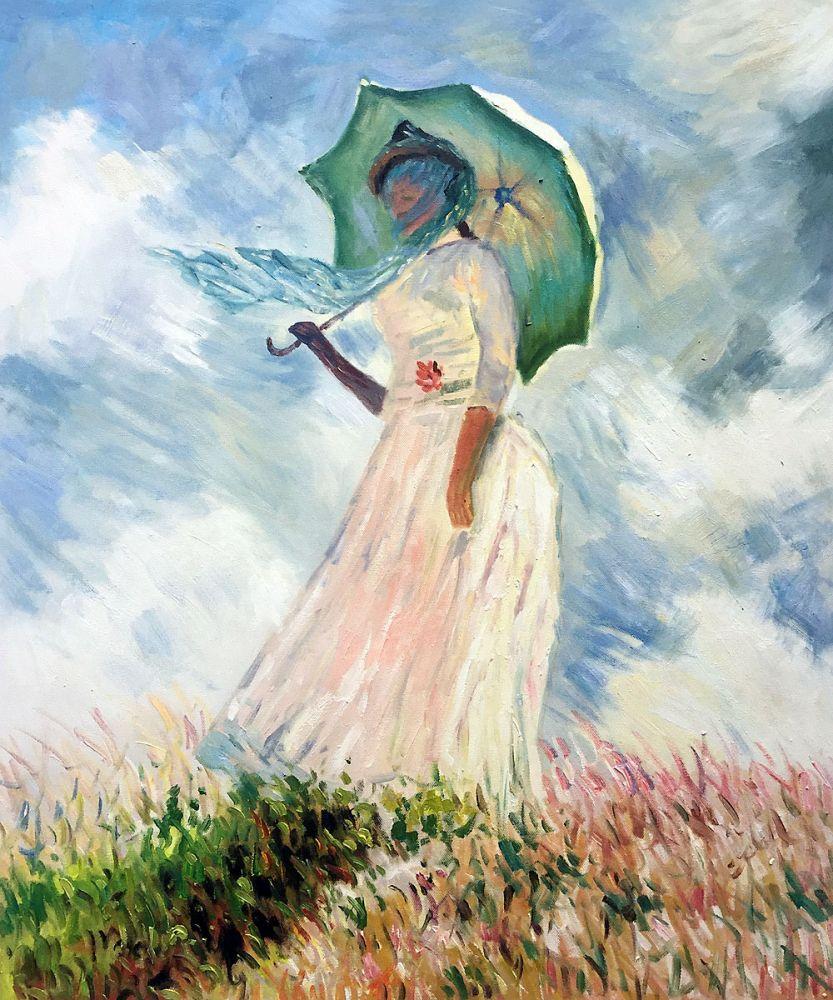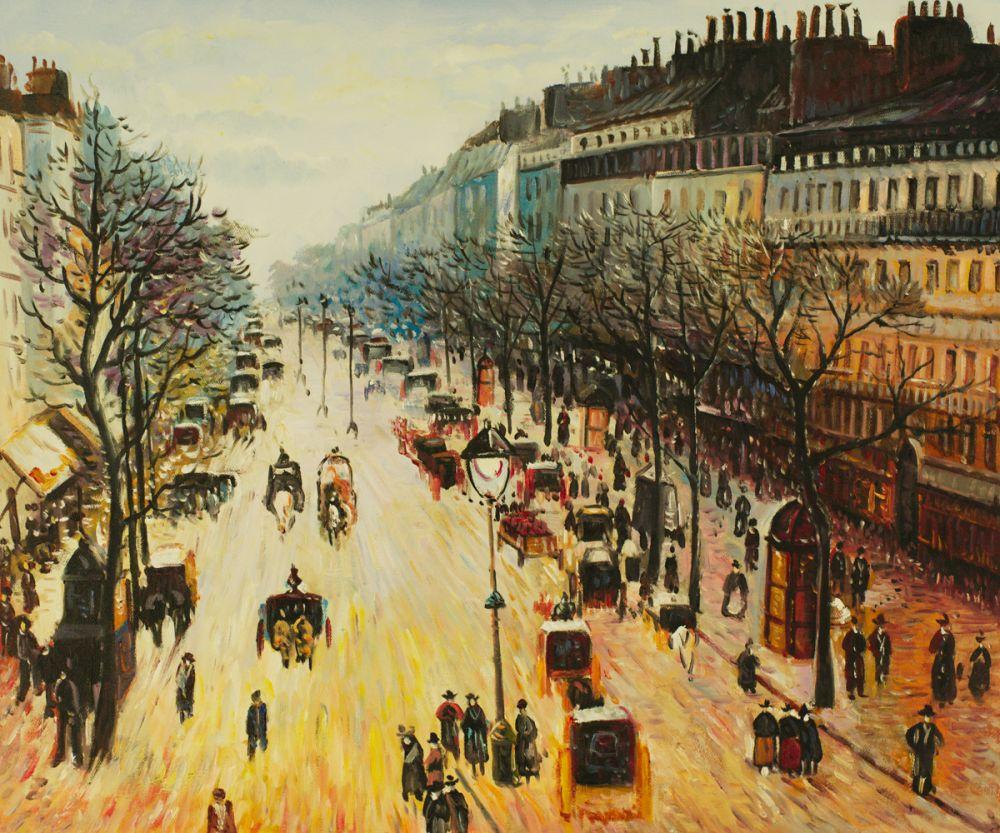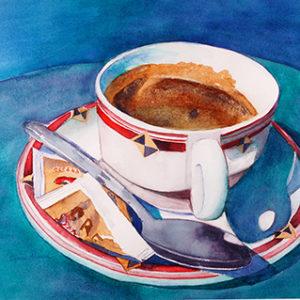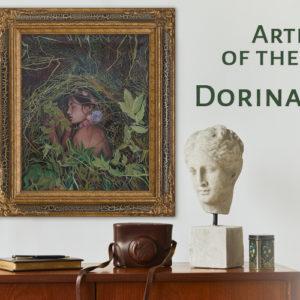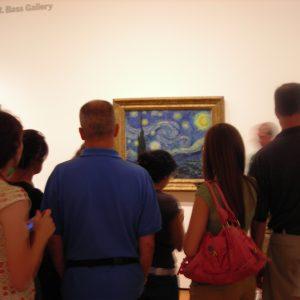Art Reflections
Your Health and Art
The Healing Power of Art: How Art Influences Mood and Well-being
In today’s fast-paced world, where stress and busyness seem unavoidable, finding ways to nurture our mental and emotional well-being has never been more essential. One of the most powerful—and often overlooked—tools for self-care and relaxation is art. Art, whether created or appreciated, has profound effects on mood and mental health.
Let’s explore how the healing power of art can bring peace, joy, and positivity into our lives, with suggestions from overstockArt.com that make it easy to curate a collection to match your desired atmosphere.
1. Art as a Source of Stress Relief
Research shows that simply viewing art can reduce stress. This phenomenon happens because art offers a mental escape, allowing us to immerse ourselves in a different world. Rembrandt’s The Storm on the Sea of Galilee, with its breathtaking depiction of nature’s power, invites viewers to release pent-up stress by experiencing the cathartic movement of the waves and the sky.

Or consider Claude Monet’s Water Lilies series—its soft, dreamy hues and fluid brushstrokes provide a visual respite from daily tension.
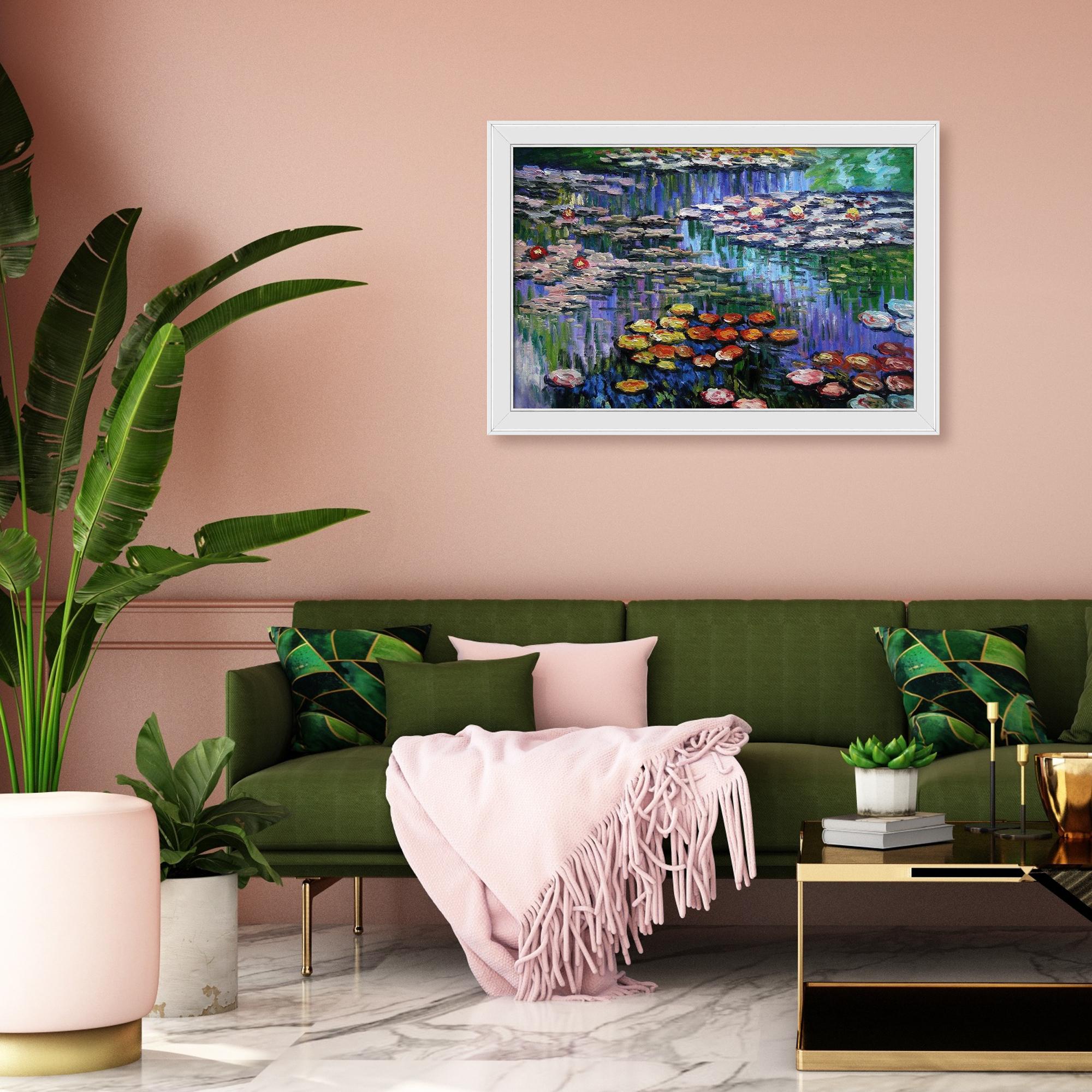
Displaying calming pieces like these in your home can create a peaceful oasis, helping you unwind each day.
2. The Uplifting Effects of Color
Color is a fundamental element in any piece of art, and colors can directly impact our emotions. Warmer colors, like shades of red, orange, and yellow, tend to create a sense of excitement, energy, and warmth. Cooler colors, such as blue and green, evoke calm and balance.
For a soothing touch, Van Gogh’s landscapes, like Wheatfield with Cypresses, use cool blues and greens to channel the peace of nature and invite us to feel grounded.
On the other hand, the warm tones in Renoir’s Luncheon of the Boating Party capture a moment of joy and connection, making it perfect for spaces where you want to feel uplifted and energized.
Choosing pieces that align with the mood you want can help set the tone for each room in your home.
3. Art as a Tool for Emotional Expression
Creating art allows us to express emotions that may be challenging to communicate verbally. Similarly, viewing emotionally resonant art can help us process complex feelings.
Edward Hopper’s Nighthawks, for example, captures solitude in a way that can resonate with those feeling reflective or introspective.
Another emotionally charged piece, George Bellows’ Dempsey and Firpo, shows the intensity and raw emotion of a boxing match, giving viewers a place to project their own powerful feelings. By connecting with these emotions through art, we often feel understood and validated, finding a healthy outlet for what we’re experiencing.
4. Art and the Power of Focused Attention
Engaging deeply with art can have meditative effects. When we take time to closely observe a painting, we enter a state of mindful awareness, focusing solely on the artwork and letting go of external worries.
Consider Monet’s Field of Poppies or Woman with a Parasol – both gently invite the viewer to slow down and immerse themselves in the serenity of nature. This mindful engagement with a piece brings us into the present, creating a calm and meditative experience that can reduce stress and increase mental clarity.
5. Art and Connection to a Greater World
Art has a unique way of reminding us of the beauty and diversity of human experience. Each piece tells a story, often offering a glimpse into a culture, an era, or an emotion. Viewing art can expand our perspective, helping us feel connected to a world beyond our own day-to-day experiences.
For example, Camille Pissarro’s Boulevard Montmartre on a Winter Morning captures a bustling Parisian street scene, immersing viewers in the energy of the city and the fleeting beauty of a snowy morning. The soft colors and detailed figures in Pissarro’s work transports us into a different time and place, inviting us to appreciate the rhythms of urban life from a fresh perspective. Surrounding ourselves with pieces that evoke a sense of place or culture, can help us feel more connected to the broader human experience, making our spaces richer and more meaningful.
6. Creating Your Personal Art Oasis at Home
To fully embrace the healing power of art, consider curating a collection that aligns with your goals for well-being. Choose artwork that brings you joy, peace, or inspiration. Whether you’re drawn to Hopper’s quiet moments of reflection, Monet’s impressionist landscapes, or Van Gogh’s vivid natural scenes, each piece can create a sanctuary that speaks to your emotional needs.
By surrounding yourself with art that evokes relaxation, positivity, or joy, you transform any room into a haven. Not only will your chosen pieces bring beauty into your home, but they’ll also serve as a daily reminder to slow down, reflect, and find peace amidst the rush of life.
Art is more than just decoration; it’s a powerful medium for enhancing well-being. Whether you’re creating it or simply admiring it, art can be a beautiful and transformative tool for improving your mood, reducing stress, and deepening your sense of connection and mindfulness. So the next time you’re looking for a way to boost your mental health, consider adding a new piece of art to your space—or taking a moment to simply sit, observe, and let art work its magic.
